Whether it is powder or liquid, proper filling and packaging are required for product safety and effectiveness. They can be filled and packed in various containers, such as bottles, sachets, jars, etc. There are different filling equipment in the market. Each has unique features to fit different material properties. This post helps you have a better understanding about powder and liquid filling machines. So you can select the best one for your business.
What is powder filling?
Powder filling is a process used to package dry, finely ground materials into containers, such as capsules and bottles. During the process, a machine measures and dispenses powder into containers based on the desired weight or volume. It can be completed by manual, or fully automated by the machine. Manual methods are always used for smaller-scale production. Automatic models requires higher cost but elevate production speed and accuracy.
Powder filling is crucial in many industries like pharma sectors. This requires accurate dosage for product safety and effectiveness. If filling powders into containers like bottles or jars, you need to pay attention to material selection. Because they directly contact powders, containers must meet strict regulations and standards like FDA. Besides capsules for medical use, more manufacturers choose fill powders to sachets. It allows for easy usage and portability. For example, individually packaged protein powder servings are convenient for people to take on the go.
What is liquid filling?
Liquid filling is the process of accurately dispensing and packaging liquids into various types of containers like bottles. It also can be used in capsules for medical and supplement industry. Please note that capsules must be compatible with the liquid to avoid degradation or interaction with the contents. For other container types, the material selection is similar to that for powders.
Liquid bottle filling is the most common methods in the liquid filling industry. This process is essential for products like beverages, syrups, sauces, cosmetics, etc. For single-use liquid products like shampoos, sachets and small packs are more popular. They help maintain product quality and prevent leaks.
There are many differences between liquid and powder filling. These two forms differ significantly in consistency, filling requirements, handling, and equipment needs. Here’s a detailed comparison that you must know.
Handling requirements
Powders range from fine dust-like materials such as talcum powder to coarser granules like sugar. They can be free-flowing or cohesive, affecting how easily they can move through filling machinery. During filling, powders require careful control to avoid dust generation. It helps maintain a clean and safe environment. In addition, powders can create static. It may cause them to stick to equipment surfaces. So factories usually choose equipment with antistatic properties to reduce powder adhesion.
Moreover, powders are sensitive to moisture. It can cause clumping and affect flow. This requires tightly controlled humidity in storage and packaging environments to prevent contamination and degradation.
When it comes to liquid filling, it ranges from thin, water-like substances to highly viscous materials like syrups or lotions. Viscous liquids require additional force for consistent flow. It also highly influence the filling approach. And thin liquids demand strict control to avoid spillage, especially when handling volatile or hazardous chemicals.
Filling techniques
Filling methods of powder filling
Auger filling is a common method. It depends on a rotating screw to dispenses the powder with precise dosing. The rotation speed controls the amount of powder filled. This method is ideal for most powders, whatever they are free-flowing not.
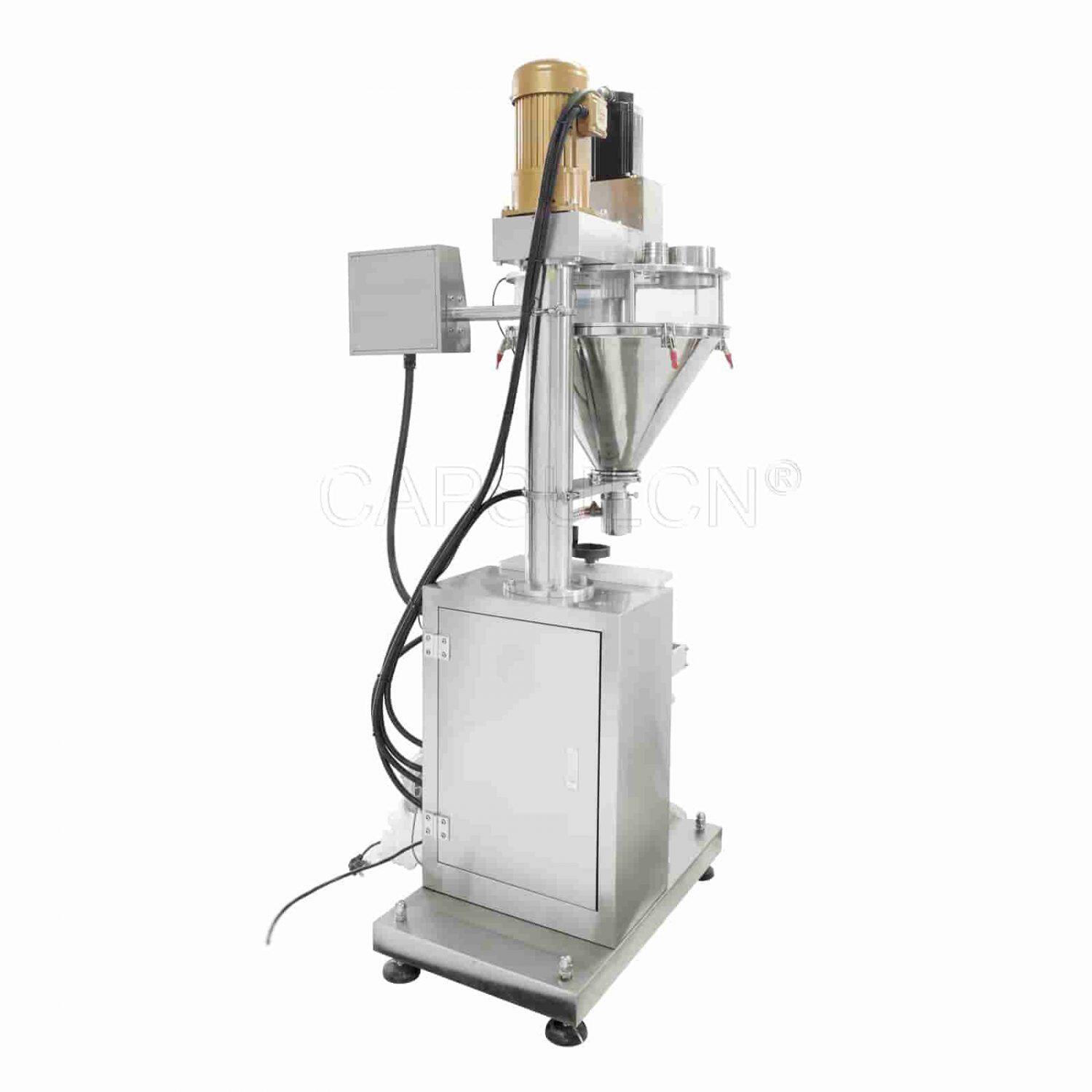
Vacuum filling is also popular in processing powders. It creates suction to draw the powder into the container. This filling type helps prevent powder spillage. It is often used for lightweight or fine powders that tend to disperse.
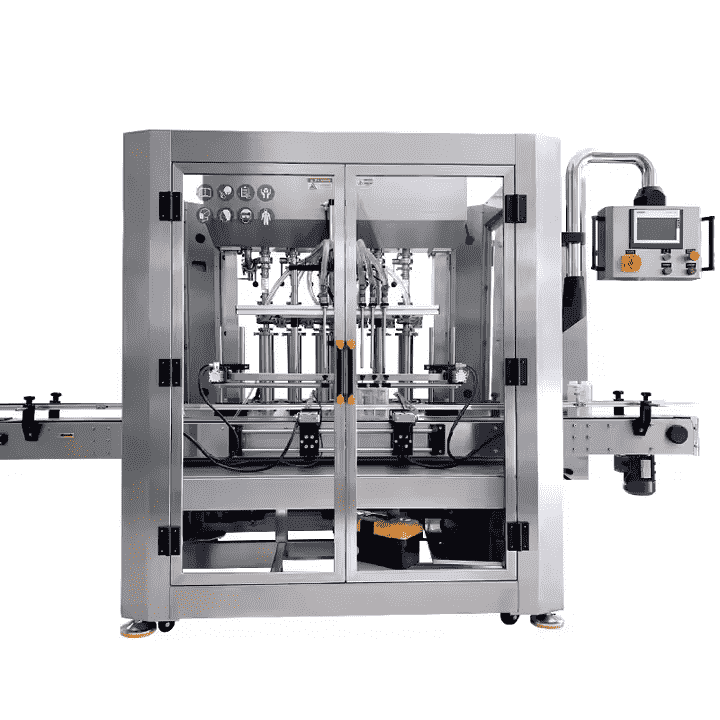
In some cases, people also use a measuring cup to control the amount of powder. It dispenses powders based on volume rather than weight. This type is suitable for products that don’t require extremely high accuracy, like detergents.
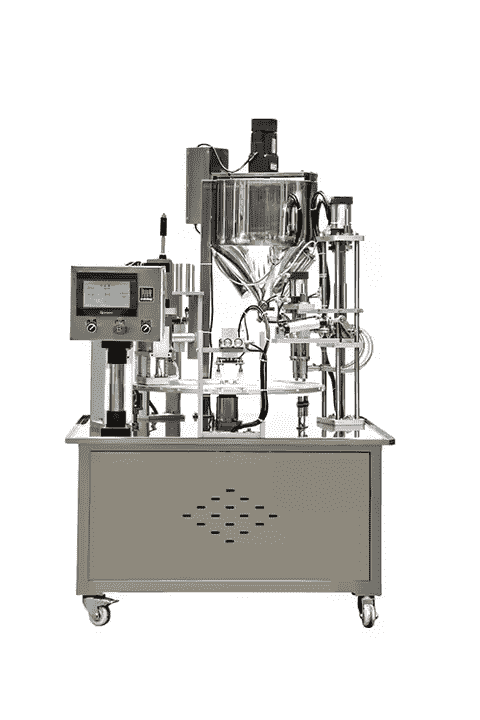
Filling types of liquid filling
Liquid filling methods adopt pumps in most cases. Pumps control the volume of liquid dispensed precisely. There are usually two types of pumps to choose from: piston pumps and peristaltic pumps. The former is used for viscous liquids, while the other is for sterile applications and sensitive products.
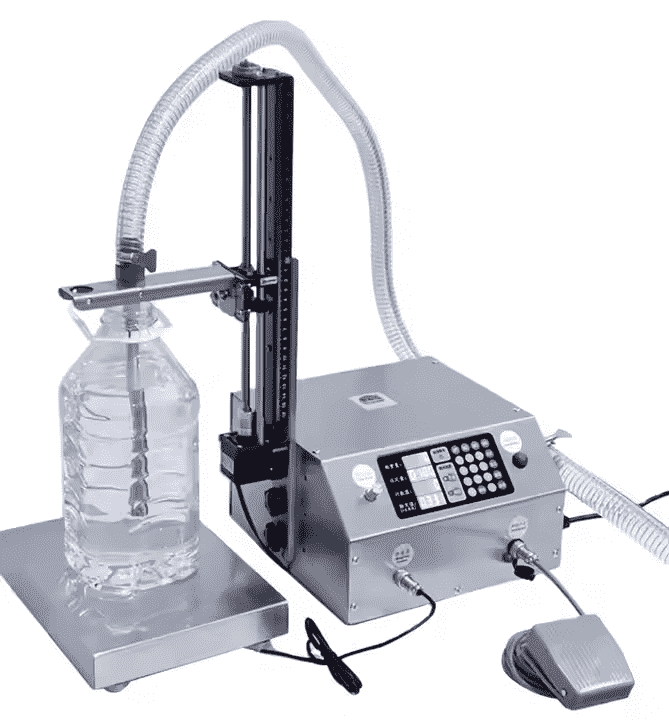
Gravity fillers are more effective for filling thin and free-flowing liquids. Because the liquid is allowed to flow into the container without additional force. This is more common in beverage industries.
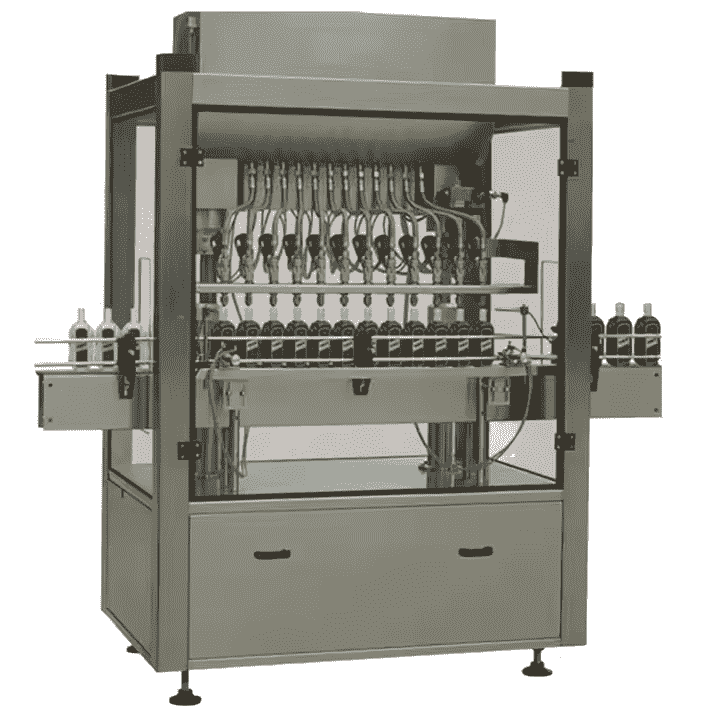
A piston can also be used for liquid filling. It draws liquid from the liquid tank and pushes it into the container. The fill volume is controlled by the piston size. This type is particularly effective for viscous liquids like creams, making it popular in the cosmetics and food industries. But it is not ideal for high-speed lines, as each cycle requires piston movement.
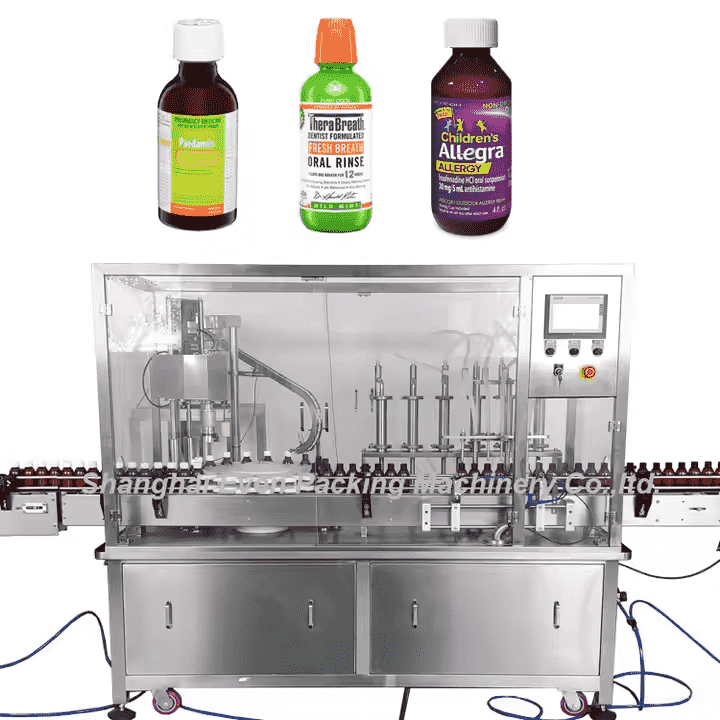
Applications
Powder and liquid filling are widely used across different industries. But the specific applications and product types often differ.
Pharmaceutical industry
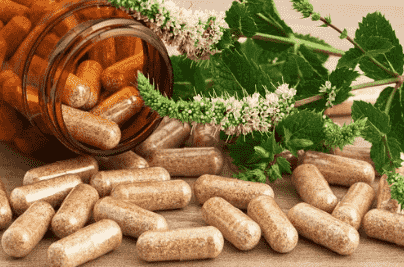
Powder filling in this field is mainly used for powdered medicines and supplements, such as capsules and tablets. Since precise dosages are crucial, powder filling machines need high accuracy and dust control to prevent contamination. Liquid filling in the pharmaceutical sector, on the other hand, is mostly used for products like syrups, vaccines, and injectables. This type of filling typically requires sterile environments to ensure product quality and safety.
Food and beverage industries
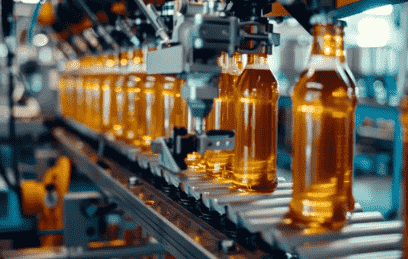
Powders are widely used in food and beverage products, like spices, milk powder, and instant drink mixes. Powder filling technology ensures that each bag or container has the correct amount. It also helps control dust to prevent cross-contamination. Common liquid products include beverages, juices, and cooking oils. Liquid filling equipment needs to keep filling levels consistent. For some products, it also needs to prevent foaming or spilling.
Chemical and cosmetics sectors
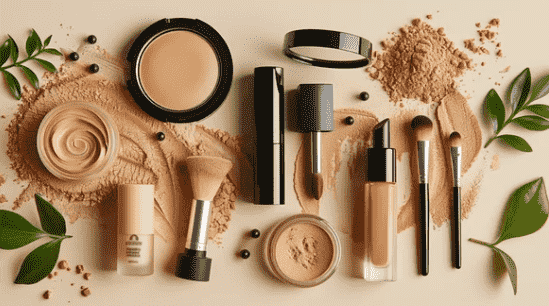
For chemicals, powders are used in products like laundry detergent and cleaning agents. Powder is also common in cosmetics, such as foundation and blush. When filling these, it’s important to protect them from moisture. Liquids are also common in cosmetics, such as perfumes, lotions, and hand sanitizers. These products usually need precise filling to control the amount and avoid spills.
Storage requirement
Powders, especially hygroscopic ones, are highly sensitive to moisture. If they are exposed to humidity, it can cause clumping, making it difficult to fill containers accurately. So storage often involves dehumidified environments and airtight containers. Some powders generate static. This can cause particles to cling to equipment. Anti-static devices are sometimes used to prevent this. In addition, temperature should be considered for heat-sensitive ingredients.
When storing liquids, medications or food products may require sterile environments to prevent contamination. This requires specialized aseptic filling equipment for proper storing. For volatile or reactive liquids, they need secure containers that prevent evaporation or leaks. Sometimes they may need ventilation to release gases safely.
The End
Liquid and powder filling are essential processes across many industries. Each requires unique handling process and storage environment. You must have a better understanding about these two forms. If you need powder or liquid filling machines, feel free to contact us.